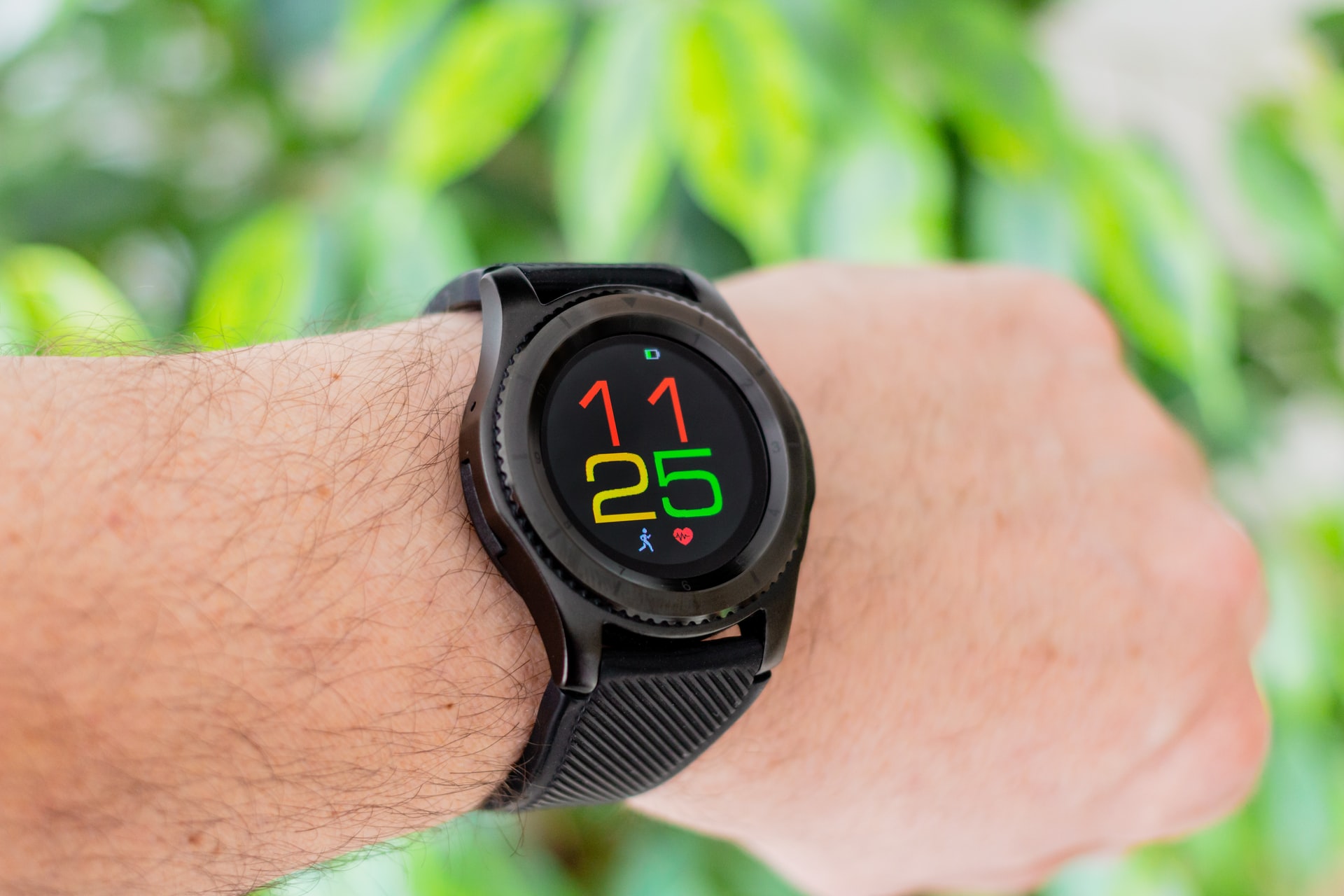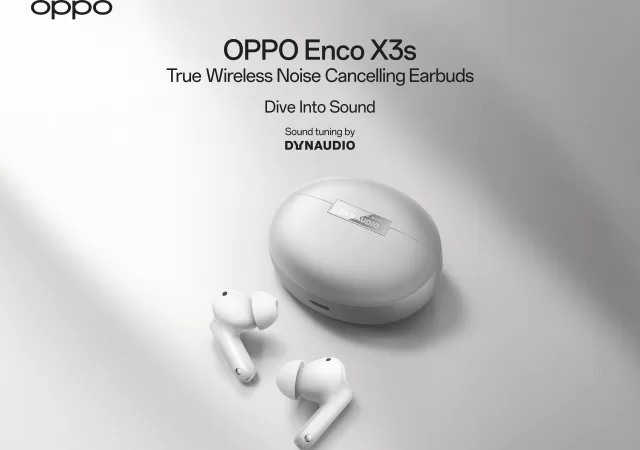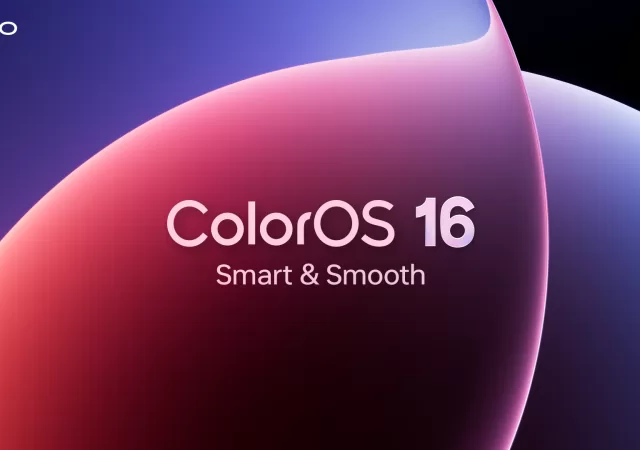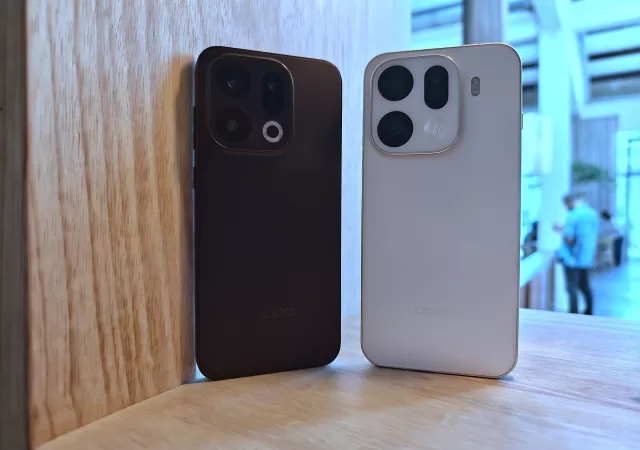Android Wear or Wear OS as it was renamed a few years ago has been a little anaemic when it comes to updates; that is until NOW. Google took the stage at I/O 2021 to announce what could be the biggest and most important update to Wear OS: Google and Samsung are partnering to push Wear OS to the next level. The announcement confirms rumours which have been making their rounds for months.
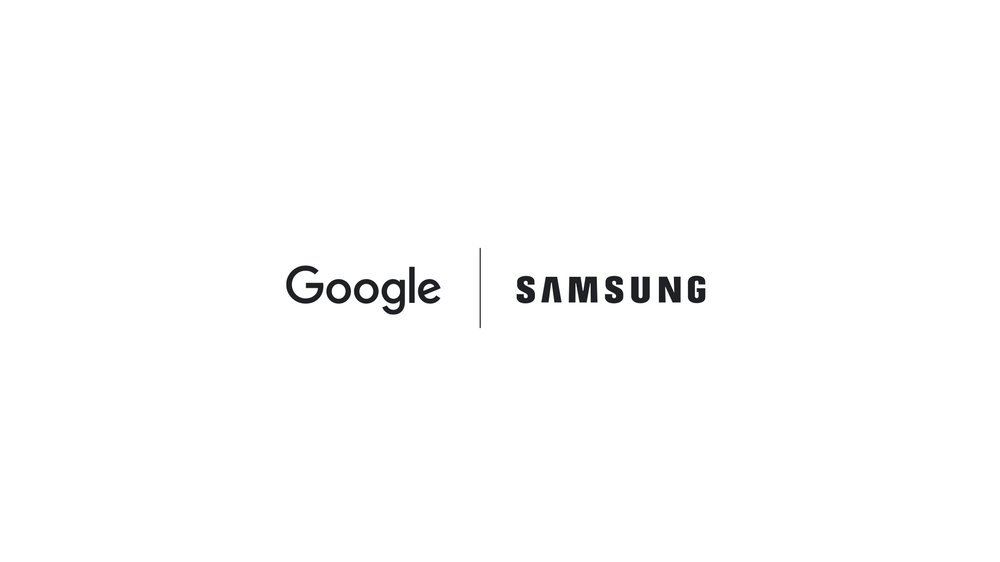
The new partnership sees Samsung bring their know-how, expertise and features from their successful Tizen OS to Wear OS. As the companies put it, they are bringing “the best of their platforms together into one unified experience”. So what does this mean exactly? Well, the biggest change is that Samsung’s next Galaxy Watch will be shipping with Wear OS instead of Tizen OS. While this might seems like Samsung will be leaving their older watches behind, the company reassures its users that Galaxy Watch and other Tizen OS powered wearables will be receiving updates and support for at least 3 years after their launch.
Improvements Under the Hood
That aside, the new collaborative Wear OS approach also brings a slew of improvements that will not only be improving the user experience but also making developing for Wear OS a lot easier. The collaboration’s biggest improvement comes in its improved load time. Google is touting a whopping 30% improvement in app load times. In addition, Samsung and Google have made improvements to the lower layer of Wear OS to improve battery life. If you’ve used Wear OS smartwatches, you’d know that battery life can be an issue with them.

Google and Samsung have optimised background processes, making them more efficient and less intensive on the processors. In fact, processor-intensive processes like continuous heart rate monitoring have been optimised to use lower power cores to conserve power. This also opens the doors to more power-efficient features for wearable devices. Samsung has also helped with power efficiency with its bundled sensors which allow them to include more than one sensor in a single module.
More Diverse User Experience
Aside from improvements under the hood, the improvements are also creating a more diverse user experience. Manufacturers are now allowed to skin the operating system to have a more unified look across their devices. This also means that we might see slightly different experiences from manufacturers like Tag Heuer, Fossil and even Samsung will have their own design language when it comes to the user interface for their wearables. Google is expecting that the new customizability will result in a more diverse Wear OS ecosystem.
Google is also opening up more features in the OS to developers. Developers will be able to bring features like tiles to their apps. They have also integrated development for Wear OS into Android’s Development Studio. They are creating a more unified development experience across Android and Wear OS with a single touchpoint for development. Development is also made easier with Google’s Jetpack development suite which allows developers to call and implement API more readily. In addition, they are bringing Kotlin APIs to Wear OS.
Wear OS is also getting more focused on health with help from Samsung. Developers will be able to create new apps and improve their current apps with a more streamlined and simplified work flow. This comes thanks to the new Health Services platform which allows developers to retrieve data without building from scratch. Developers are able to take advantage of continuous data from the sensors and other contextual metrics without impacting the battery life of the device too much.
New Apps, Better Experience
Finally, these improvements directly impact how the OS performs and how accessible apps will be for the platform. The most direct improvements that users will be benefiting from is improved navigation on wearables. Google is bringing simple improvements like a double-tap to jump to your most recent app and even simpler swiping gestures to access your information.
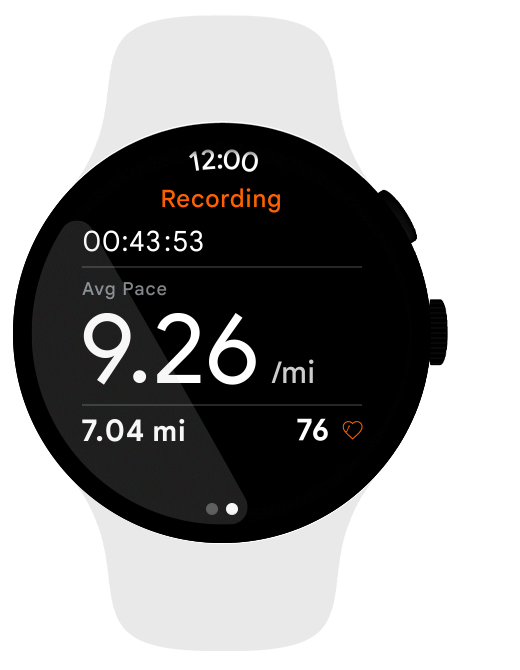
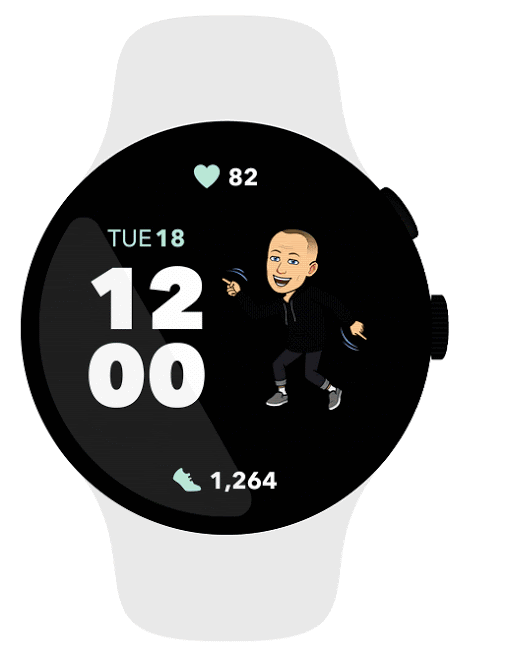
Google is starting the ball rolling with updates coming to its core apps like Google Maps, Google Pay, Google Assistant and YouTube Music. The first change that will be coming to these apps is the adoption of the new “Material You” design. In addition, Google Maps will be getting better, more visible turn by turn navigation to help with using the app on the go. There are plans to take Google Maps offline. The same applies to YouTube Music as well. Google Assistant and Google Pay will be getting improvements as well. The latter will be making its way to 26 countries in the next few months while the former will become more user friendly on Wear.
It isn’t just Google that is improving its offerings. Spotify has revamped its experience on wearables; allowing users to seamlessly move on the go. The simplified interface allows users to not only control their music but also seamlessly switch between speakers and their Wear OS device. Other companies like Nike, Calm and Adidas have been working on revamping their experiences on OS. Fitbit will also join the Wear OS family. Wear OS apps will also be more visible on the Play Store with a dedicated section and recommendations.
The new Wear OS will be making its way to the market in the coming year. Current Wear OS devices find out if they are getting the big update in the coming months.



